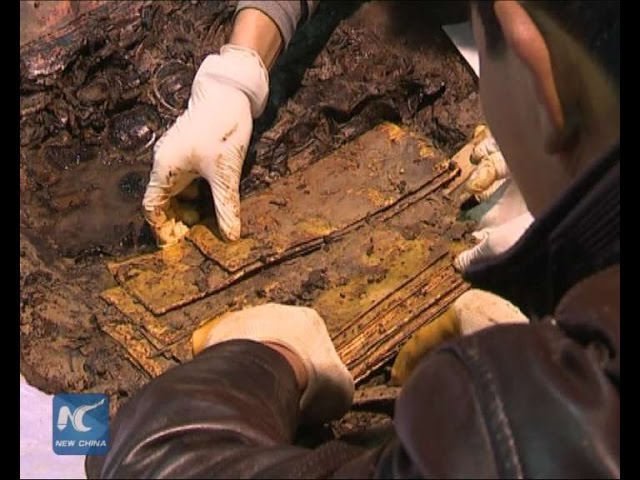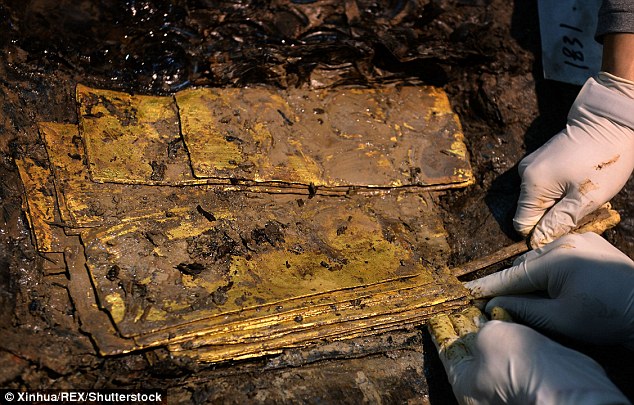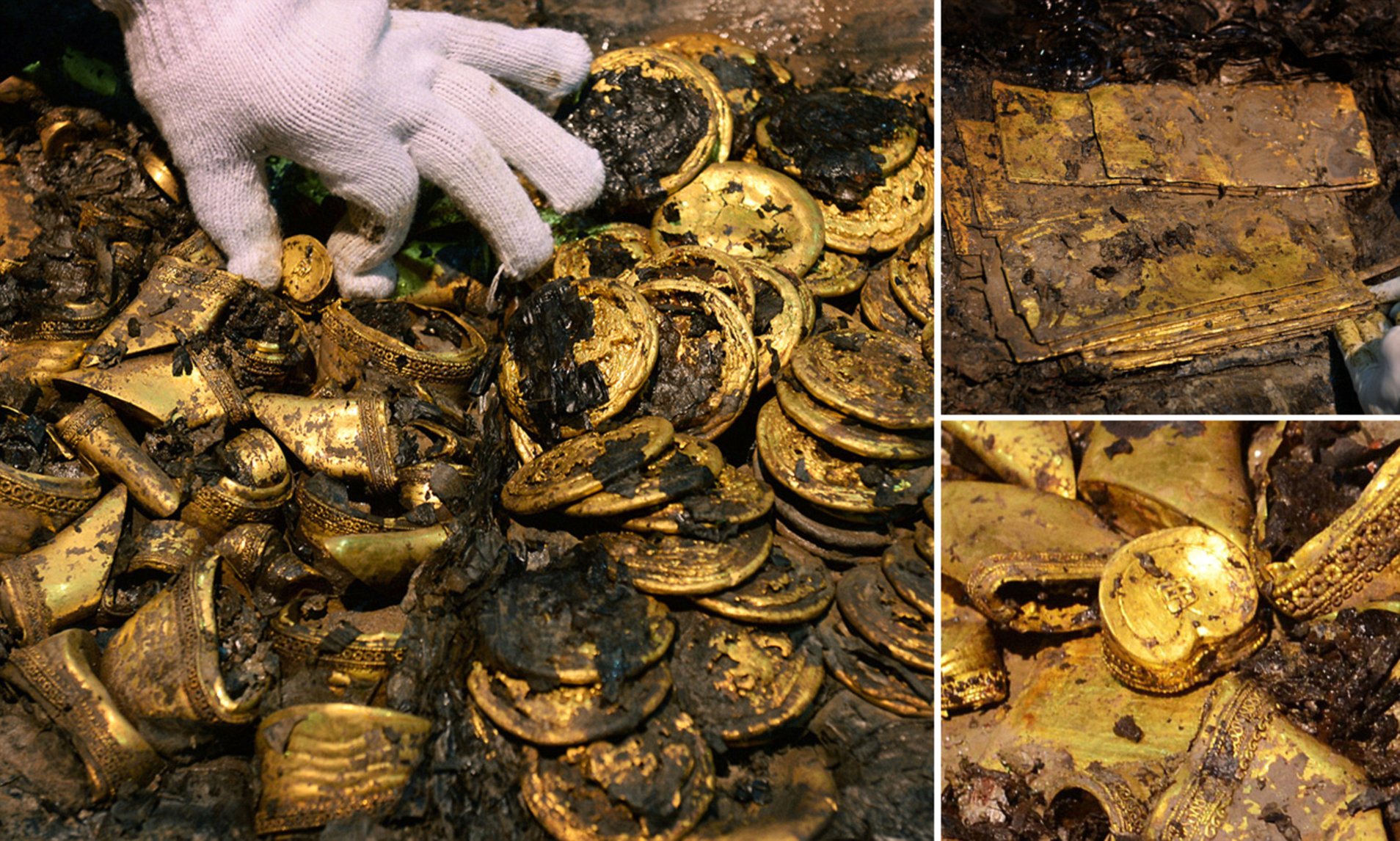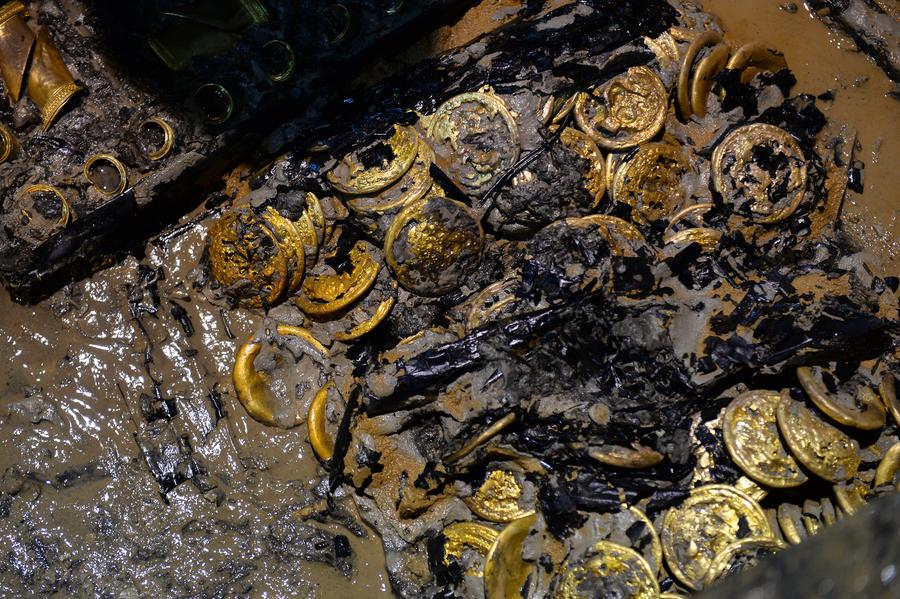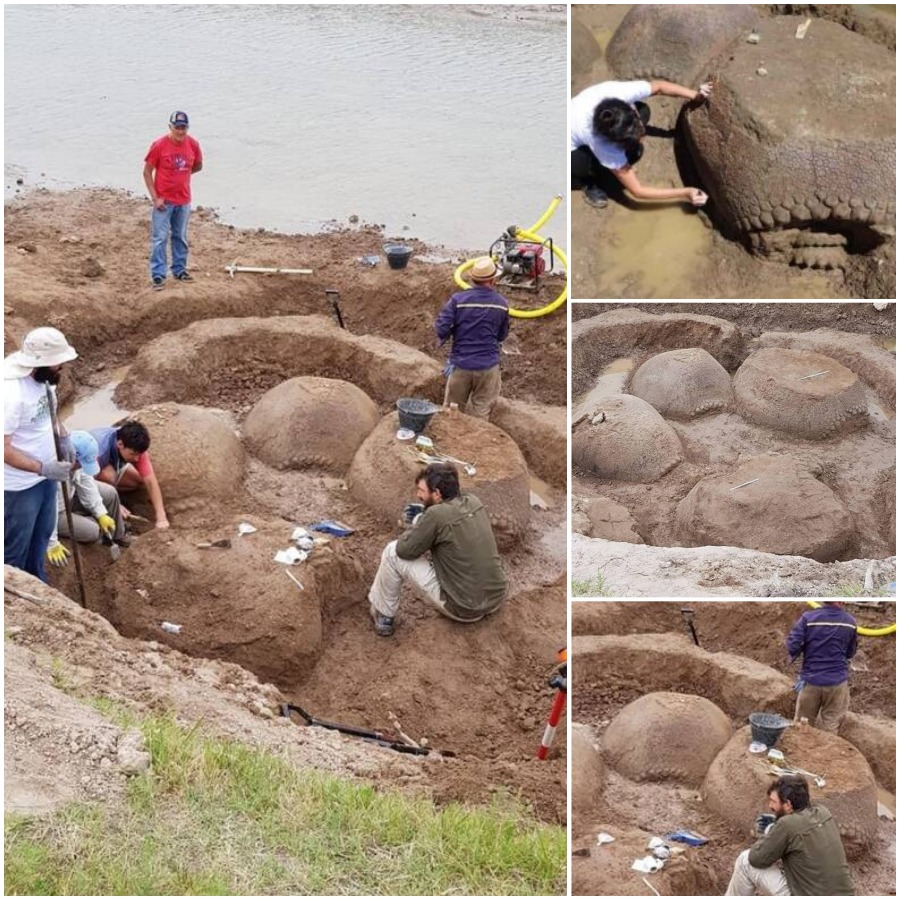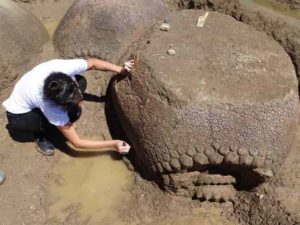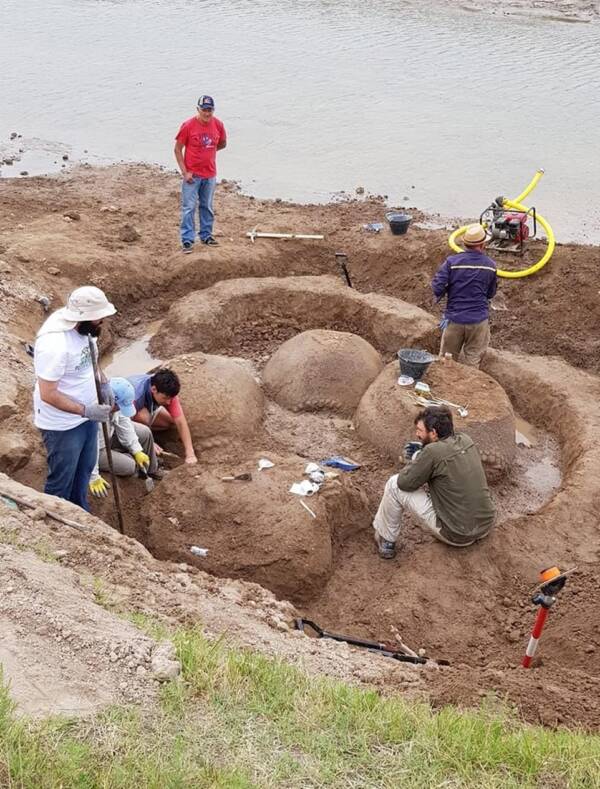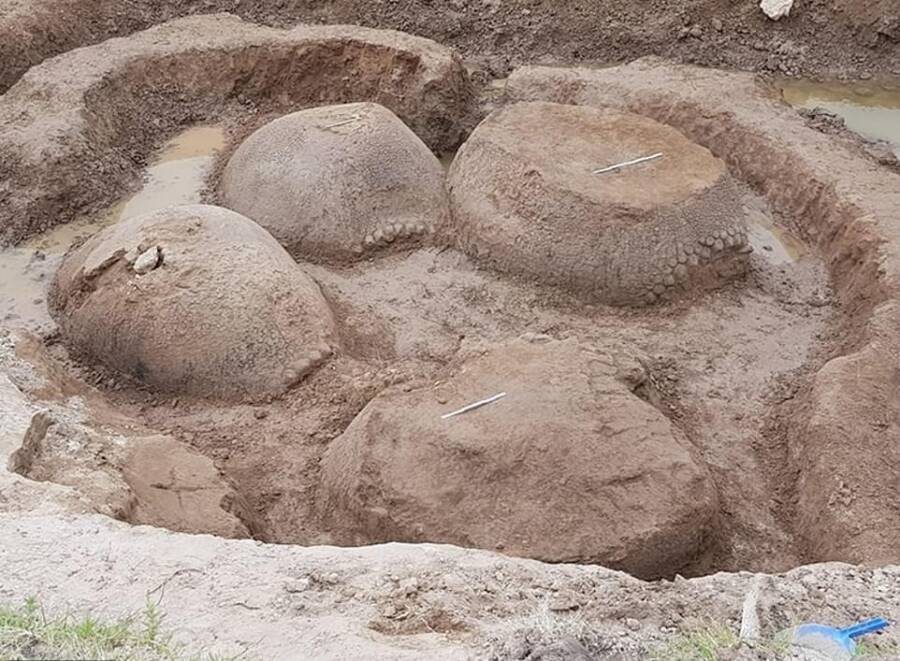King Tut’s outer coffin is being restored for the opening of the Grand Egyptian Museum in late 2020. The pharaoh’s tomb was rediscovered earlier this year.
From the time King Tutankhamun’s body was placed, the outermost sarcophagus had never been removed from the 3,300-year-old tomb.

Even in 1922, after the discovery of the tomb by British archaeologist Howard Carter, the outer coffin was in good condition and remained in the Valley of the Kings… until now.
Earlier this year, the Getty Conservation Institute and the Egyptian Ministry of Antiquities completed a nearly 10-year renovation of Tut’s tomb. Now, the Los Angeles Times reports, they are going to restore his golden coffin, removing it from its resting place and allowing experts to take a good look at it.
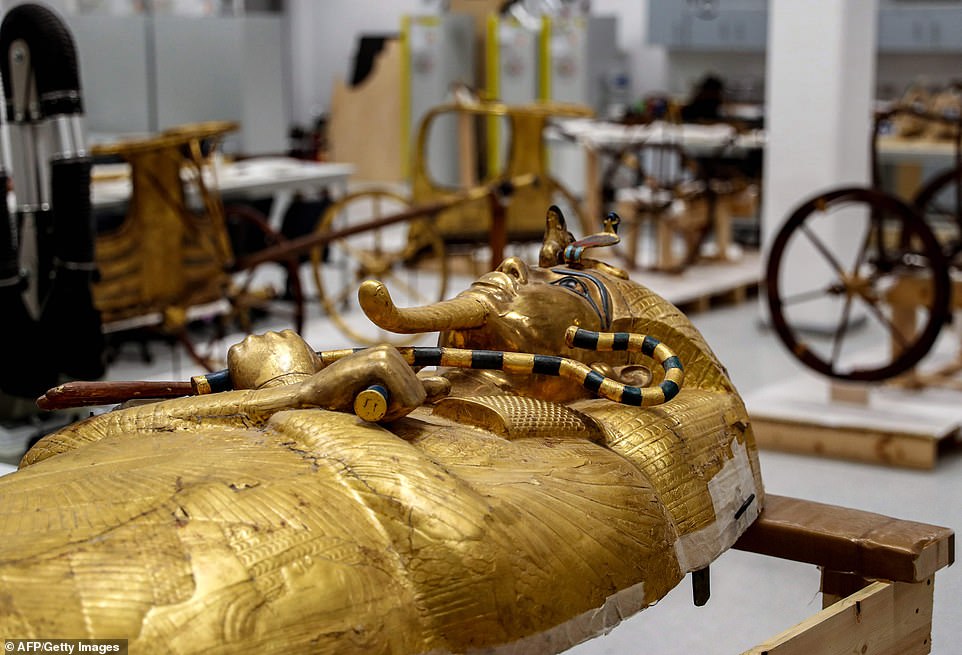
The intricate project is motivated by the imminent opening of the Grand Egyptian Museum in late 2020, which will have views of the Pyramids of Giza. In addition to the three coffins (one inside the other) that house Tut’s body, the exhibition will show numerous relics discovered in his tomb.
The innermost coffin is made of solid gold, while the middle coffin is constructed of gilded wood and multi-colored glass.

Carter’s discovery of Tut’s royal tomb was the first time that an ancient Egyptian’s royal tomb was discovered so intact. It also contained a lot of impressive royal treasures, such as a dagger made from a meteorite.
Following the discovery, two of the three coffins were transported to the Egyptian Museum in Cairo, while the other coffin was left in the king’s tomb. It was not until July, 97 years later, that the coffin was removed under intense security measures so that it could be examined in its entirety for the first time.

With careful but rapid restoration work underway, experts have been working on numerous items from King Tut’s tomb, of which there are more than 5,000, all of which will go on display at the Grand Egyptian Museum. With more than 75,000 square feet of land, it will be the largest museum on Earth dedicated exclusively to one civilization.
A woman looks at the golden sarcophagus of Tutankhamun, who died at the age of 19.

The restoration of King Tut’s tomb came after years of restoration work on the boy king’s funerary mask, which suffered minor damage and levels of dust inside. Lighting was also added, as well as a new platform from which to view the sarcophagi.

Most worrying were the brown stains on the tomb paintings, which suggested microbial growth in the paint layers.
When work on the pharaoh’s golden coffin is completed and the Great Egyptian is officially opened, it will be the first time in history that all three of King Tut’s coffins will be displayed together.
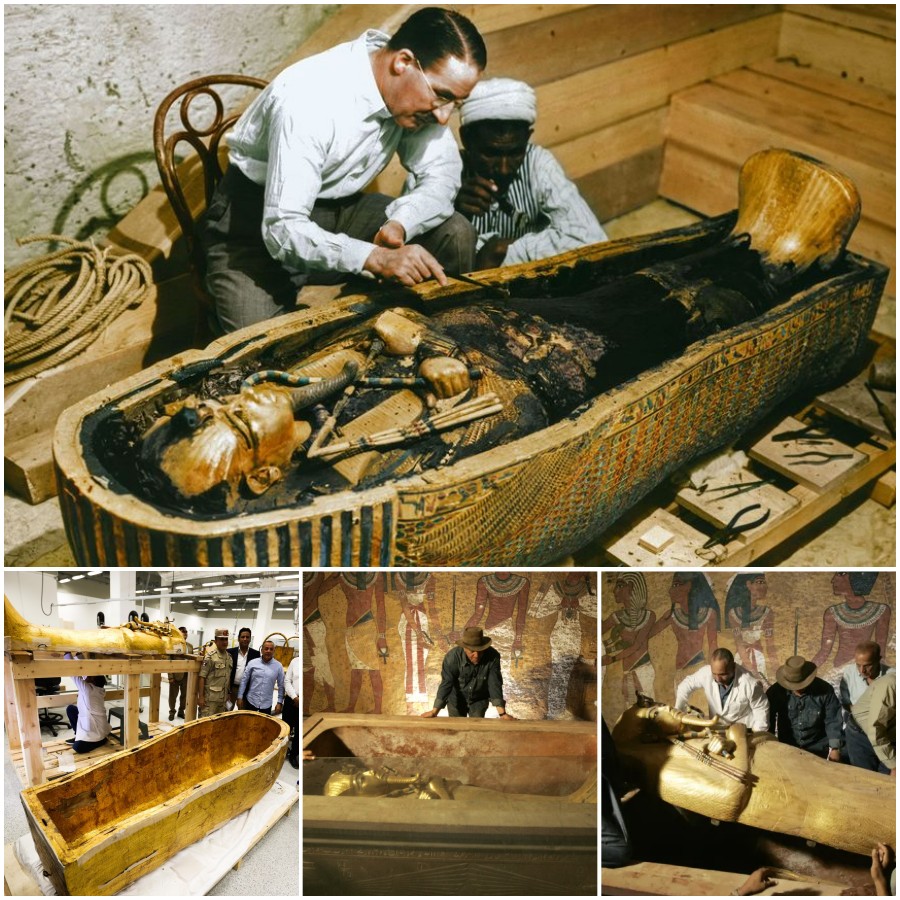

![Over 100,000 ceramic wares from two Chinese shipwrecks, 1500 meters deep in the South China Sea. Discovered in May 2023. Ships dated to the Ming dynasty, 1506-1522 [1650x1890] : r/ArtefactPorn](https://preview.redd.it/over-100-000-ceramic-wares-from-two-chinese-shipwrecks-1500-v0-a9ucvdx8xflb1.jpg?width=640&crop=smart&auto=webp&s=5b898b750bdbe13e9b33417b8de72b3a0735daef)

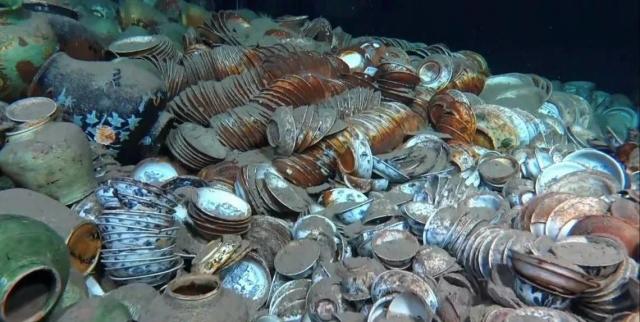


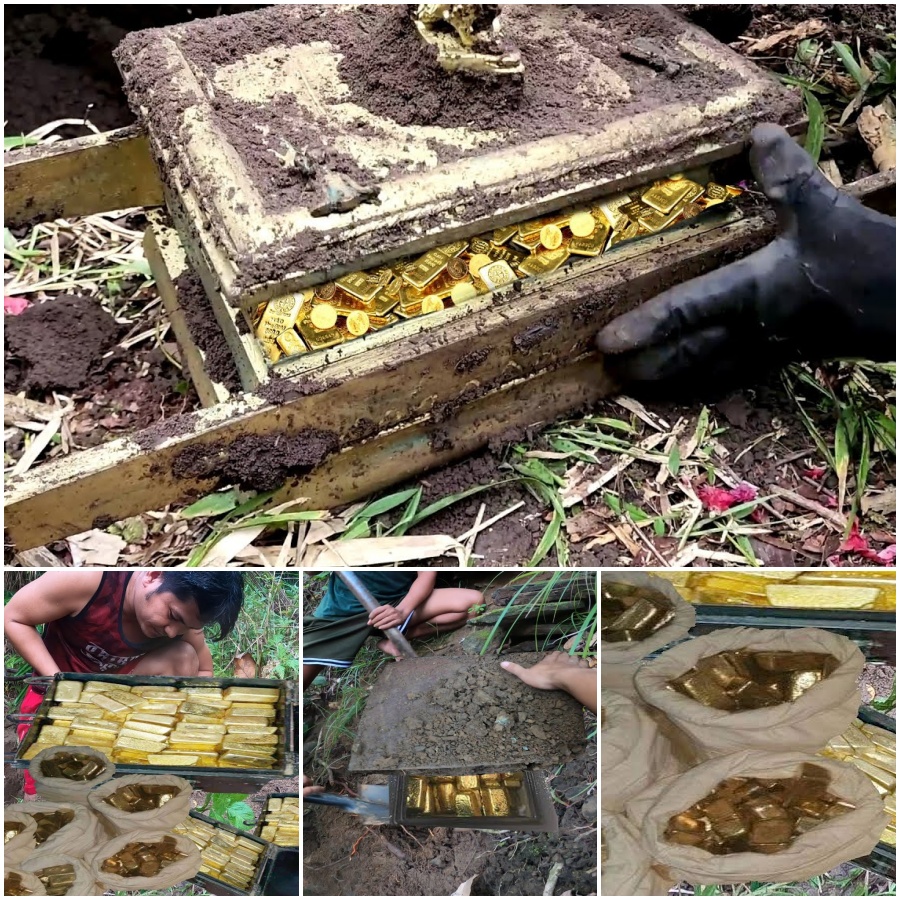
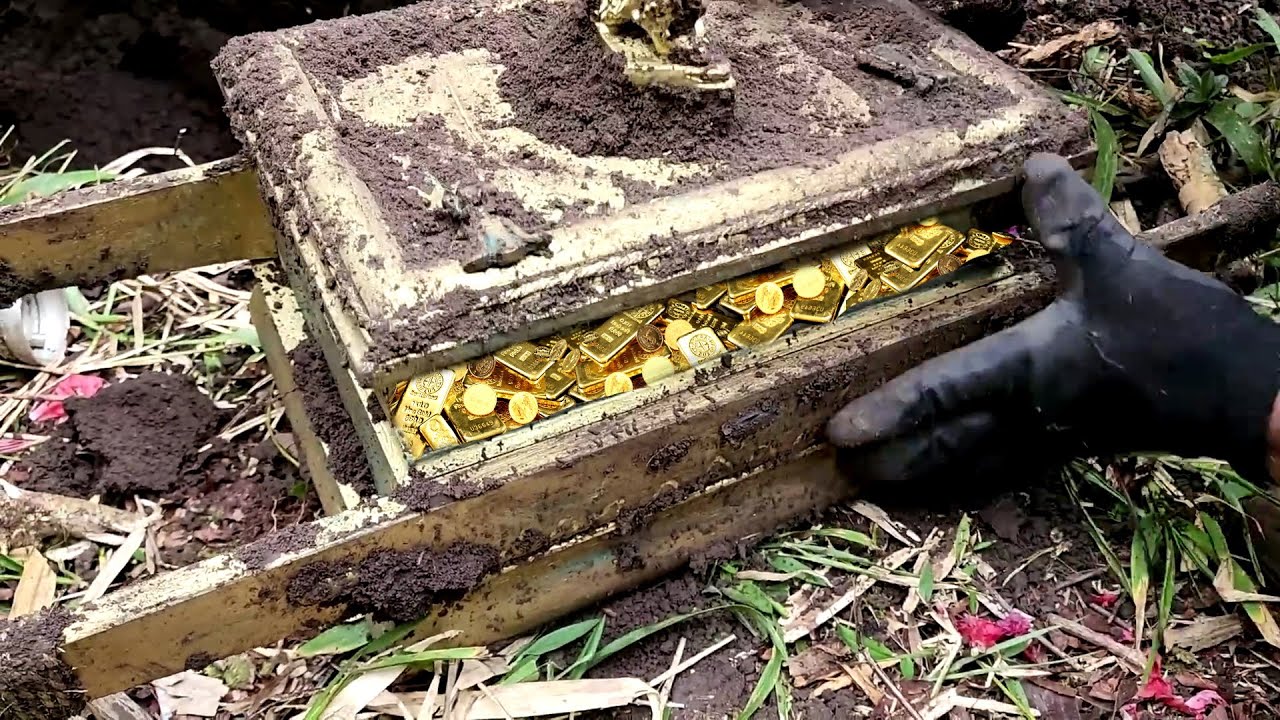
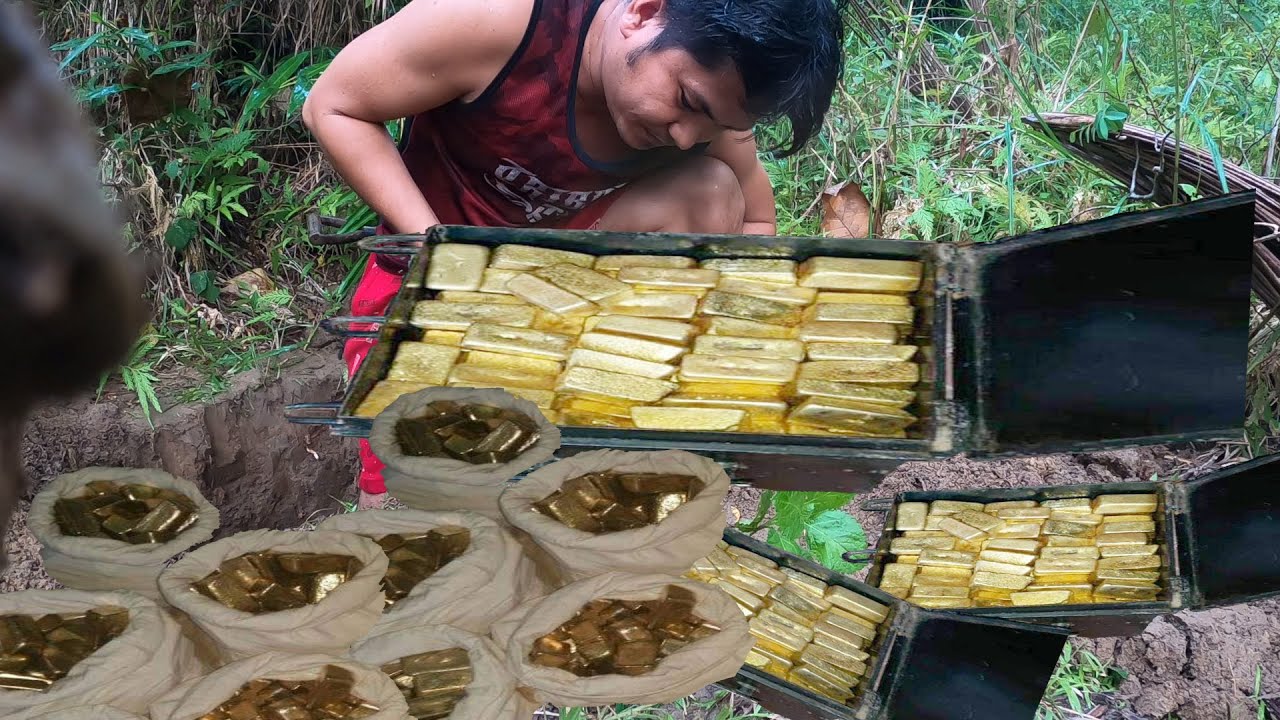
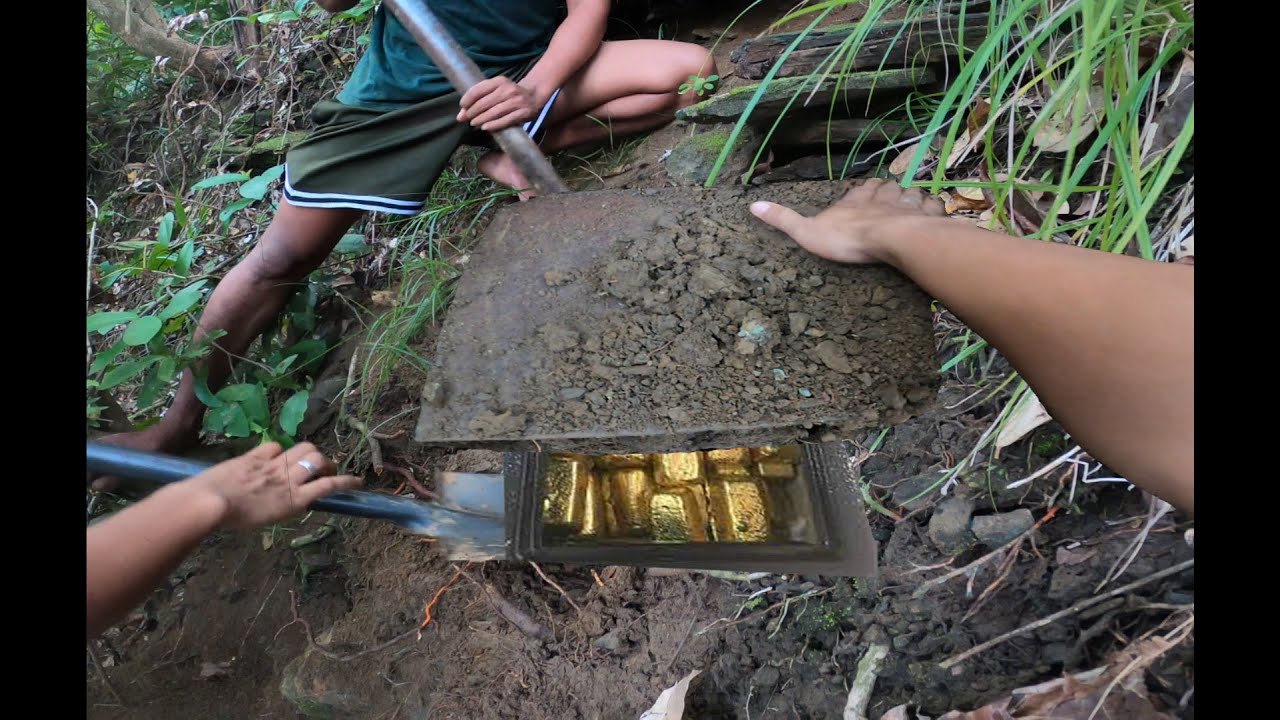
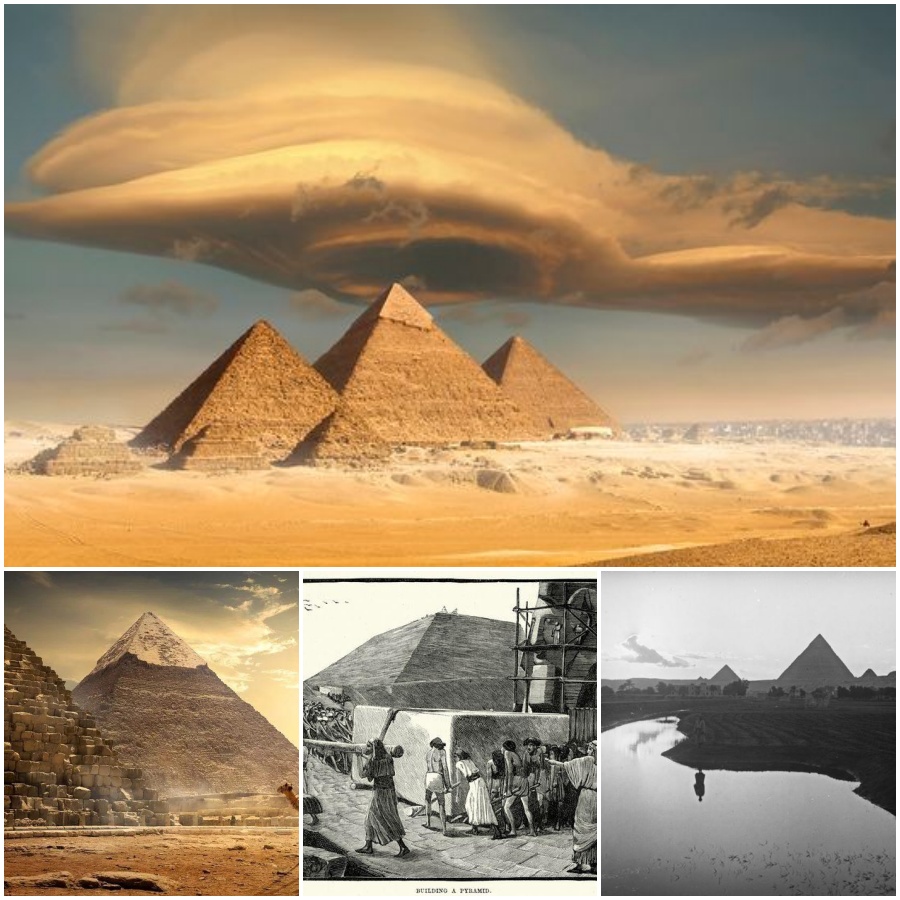
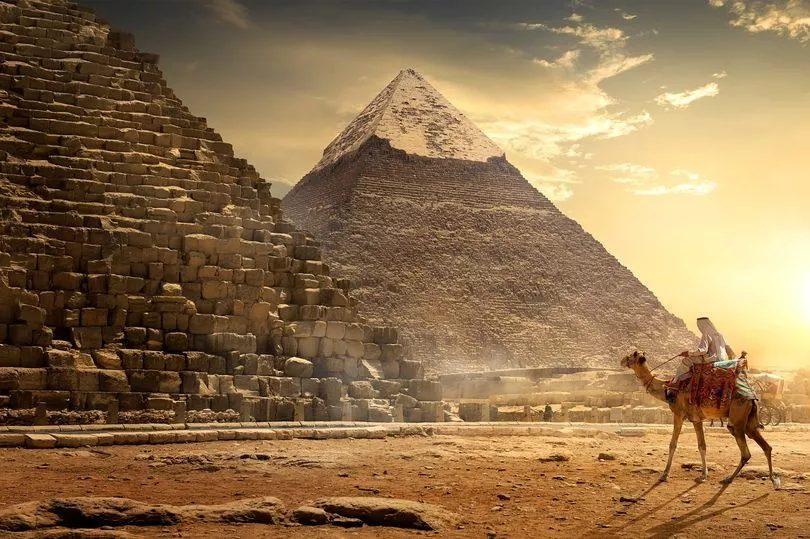
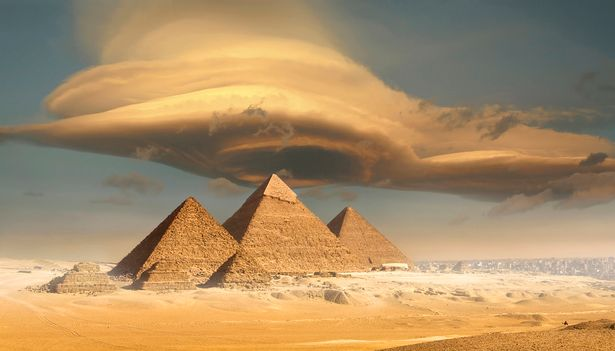
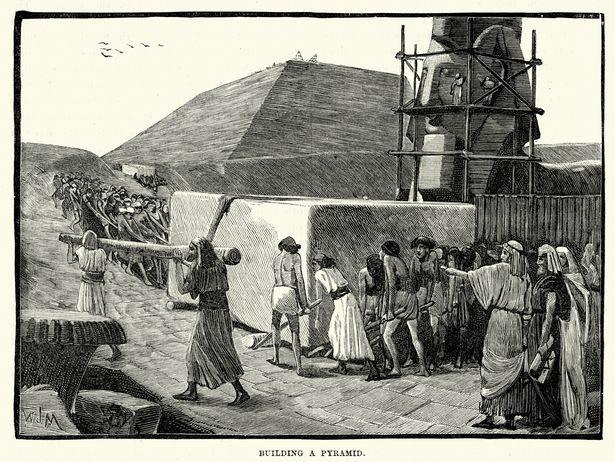
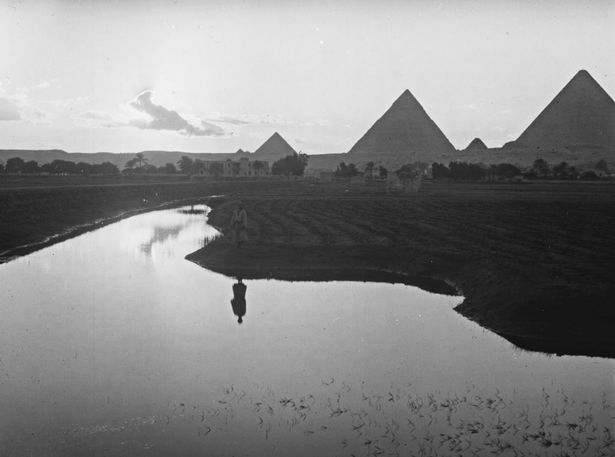
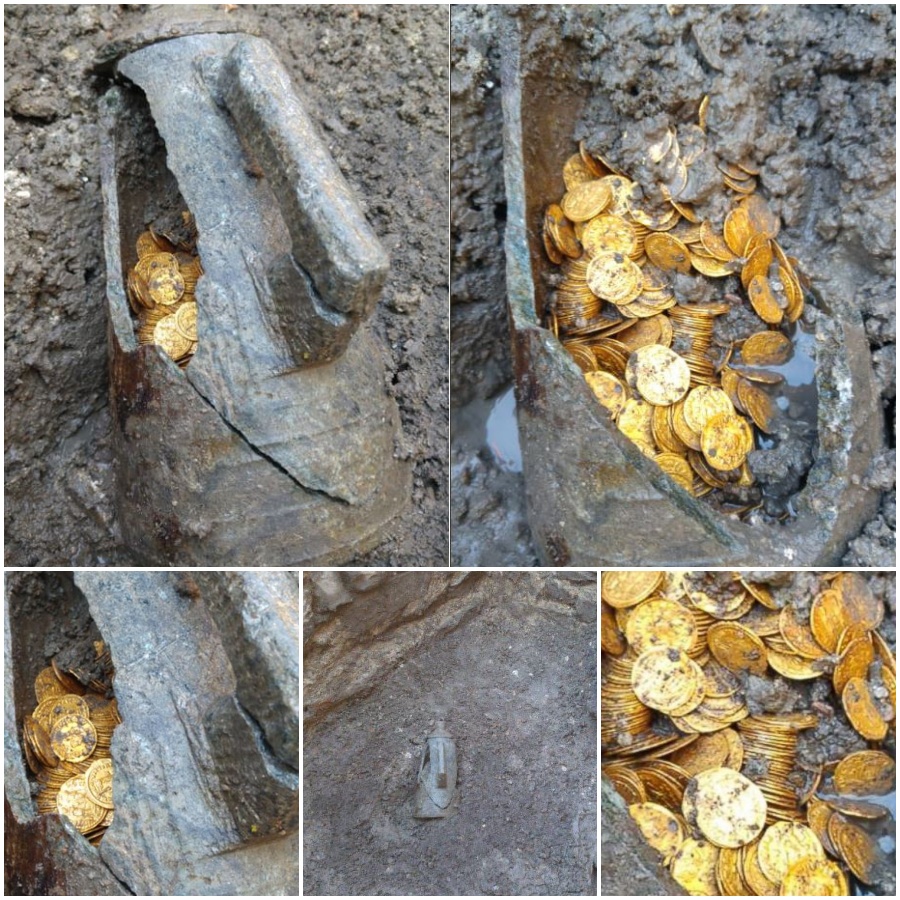
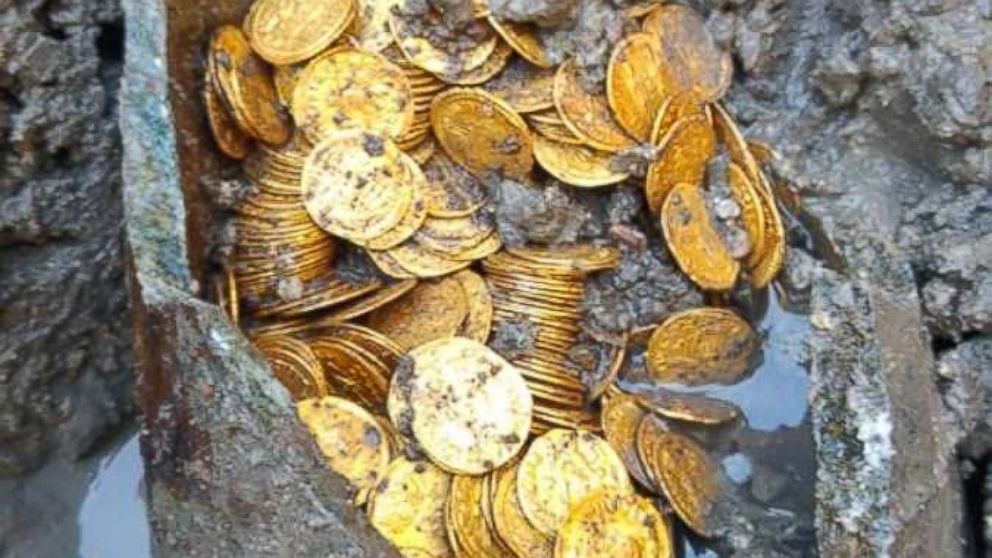
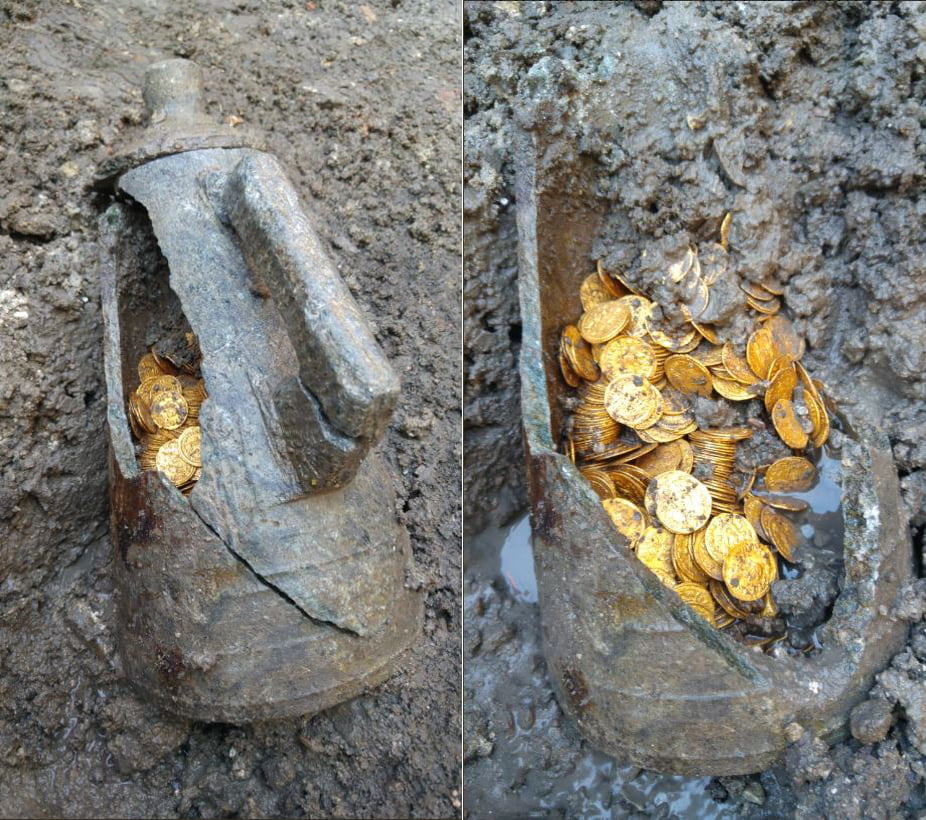
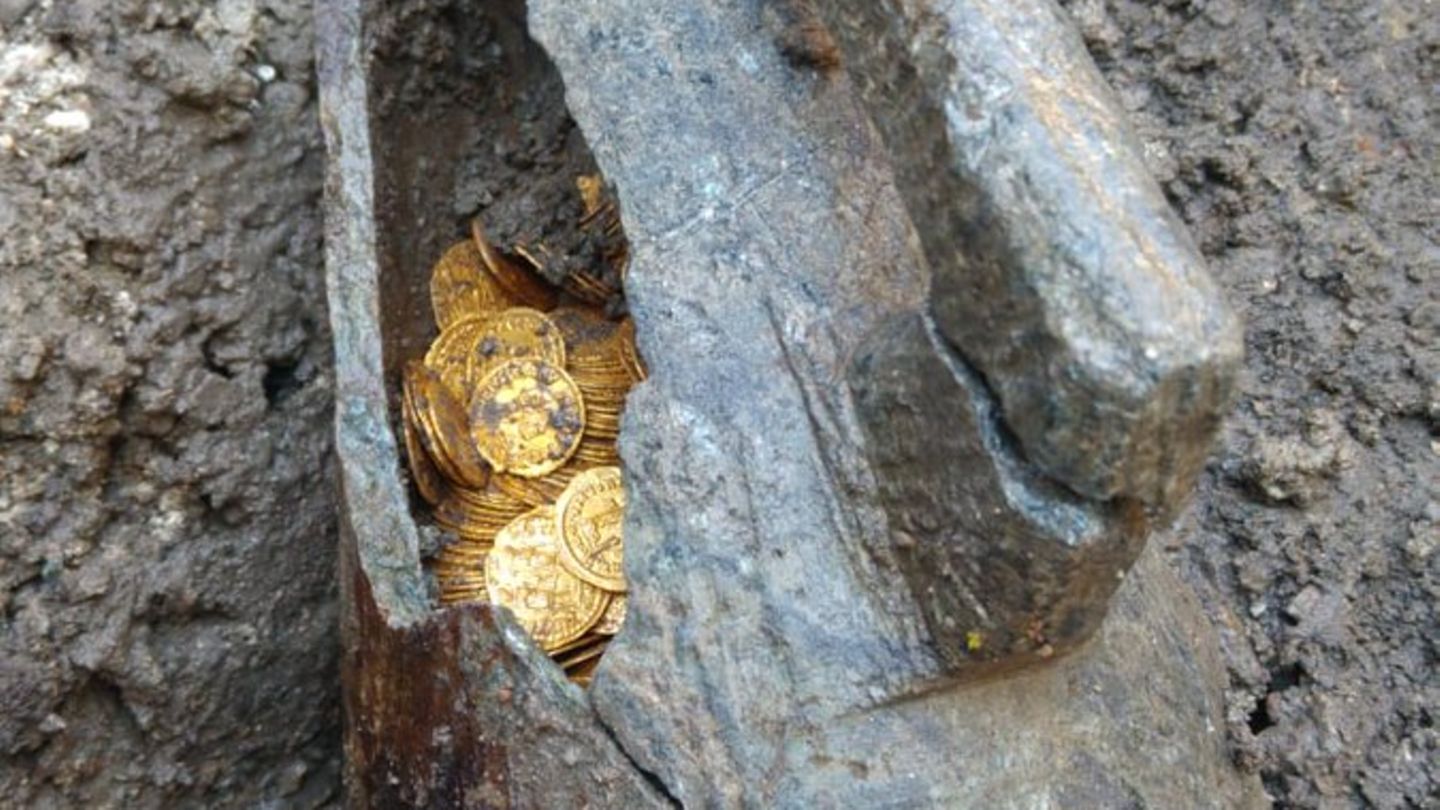
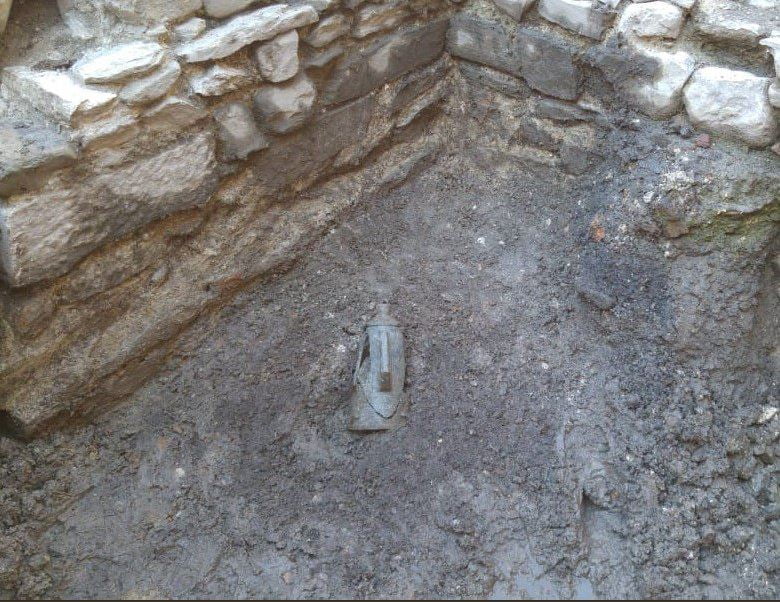
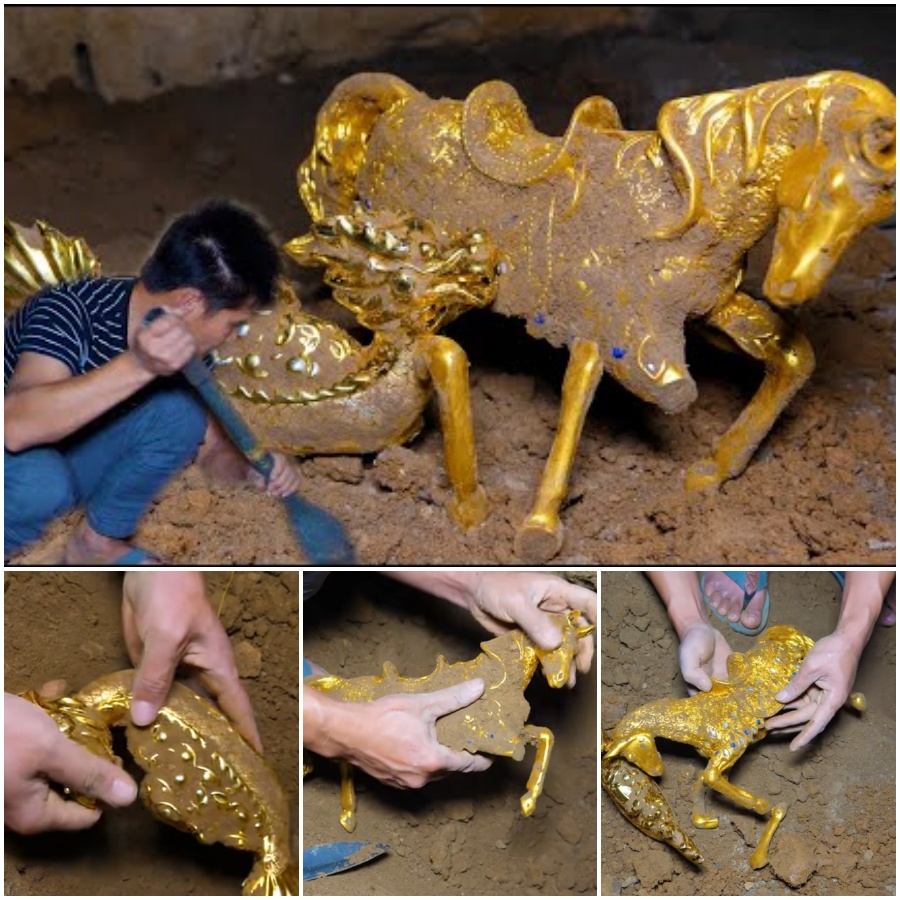

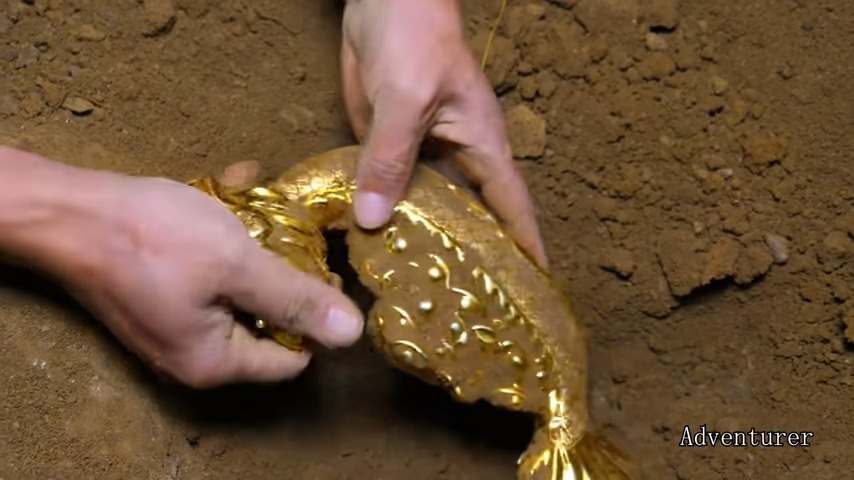
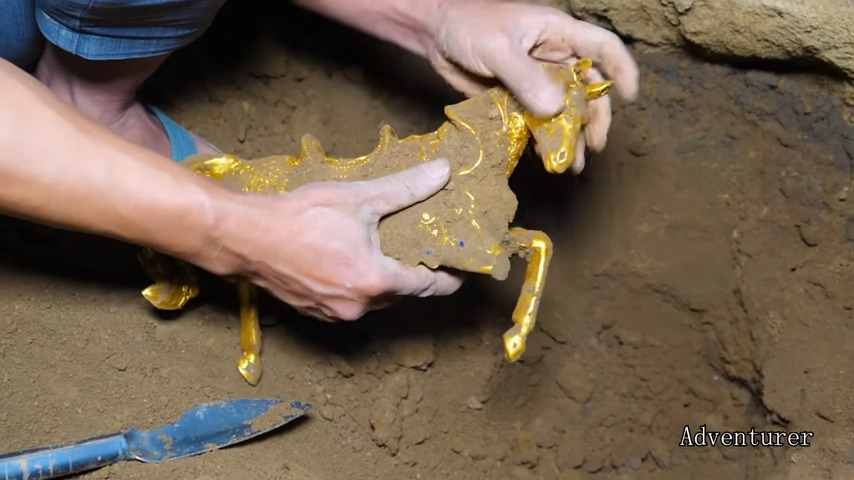

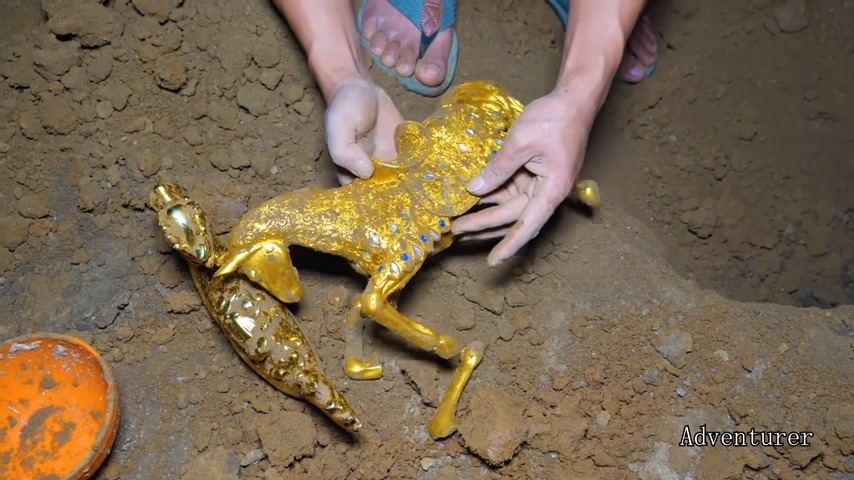 Conclusion: As I reflect on my incredible journey, I am humbled by the extraordinary find that was presented to me. The Golden Horse is a testament to the enduring appeal of treasure hunting and the wonders that lie beneath our feet. It serves as a reminder that beneath the surface of our daily lives, a world of mystery and beauty waits patiently to be explored. The golden horse, now safely preserved for generations to come, will continue to captivate hearts and minds, inspiring awe and fascination for centuries to come.
Conclusion: As I reflect on my incredible journey, I am humbled by the extraordinary find that was presented to me. The Golden Horse is a testament to the enduring appeal of treasure hunting and the wonders that lie beneath our feet. It serves as a reminder that beneath the surface of our daily lives, a world of mystery and beauty waits patiently to be explored. The golden horse, now safely preserved for generations to come, will continue to captivate hearts and minds, inspiring awe and fascination for centuries to come.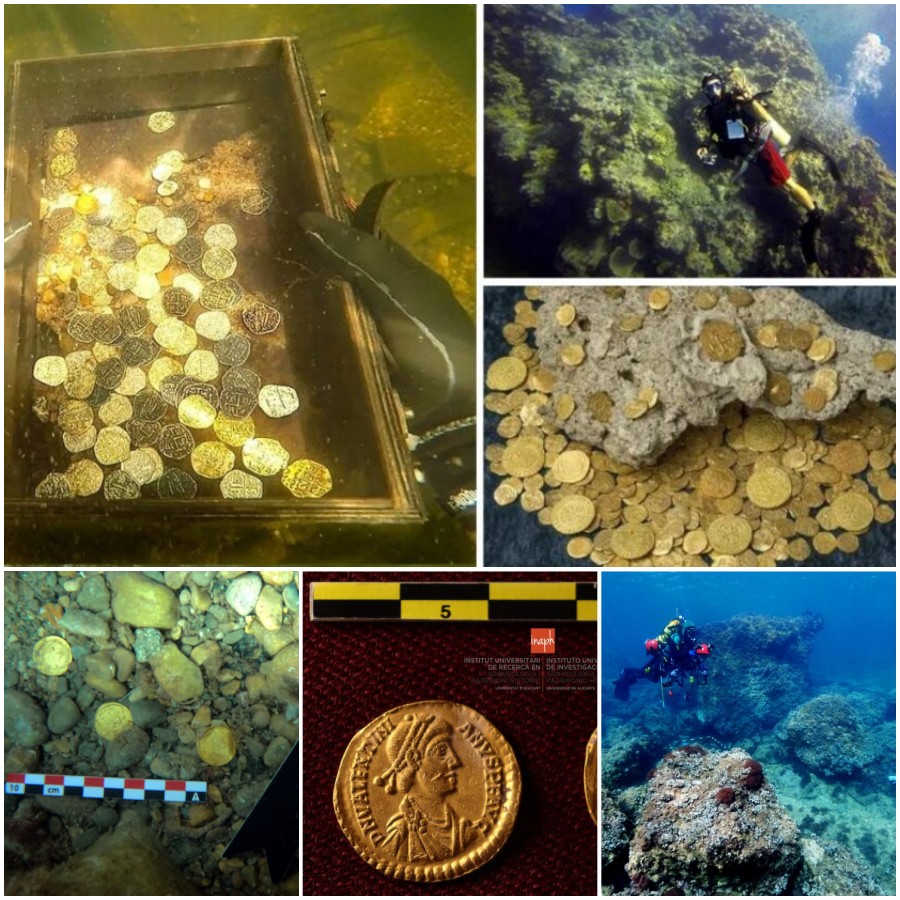




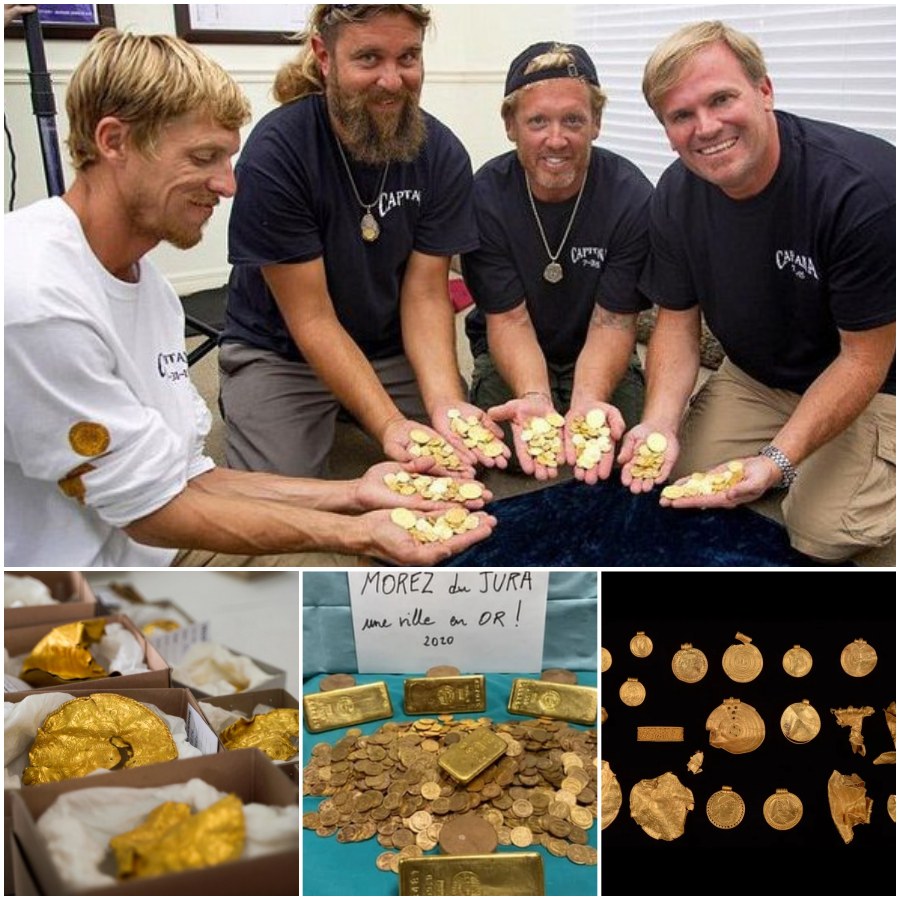
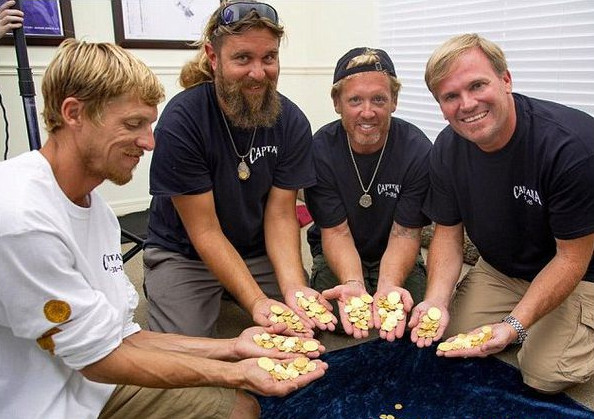
:focal(1170x744:1171x745)/https://tf-cmsv2-smithsonianmag-media.s3.amazonaws.com/filer/4f/cf/4fcf0362-237b-46f2-9a4a-108e96aba9c5/lsotonyo.png)
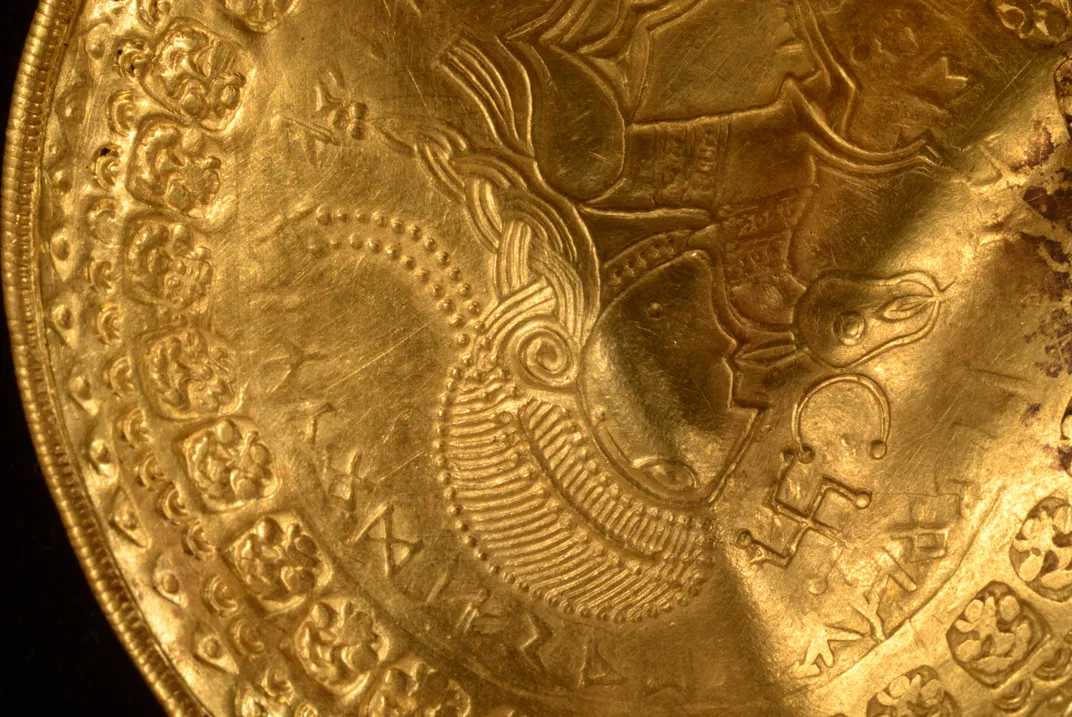
/https://tf-cmsv2-smithsonianmag-media.s3.amazonaws.com/filer/5f/cf/5fcf6dbd-557f-4dae-9ff0-e4eece7b3e6d/gold_artifacts.jpg)


